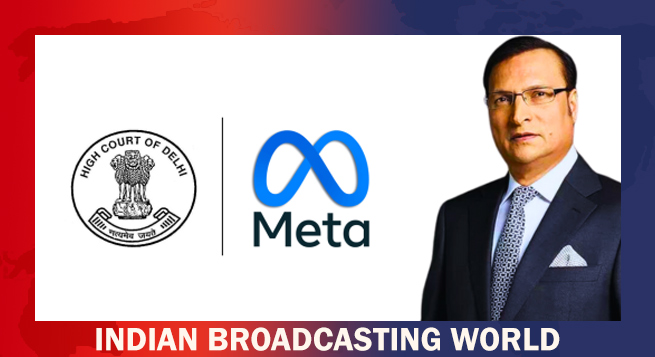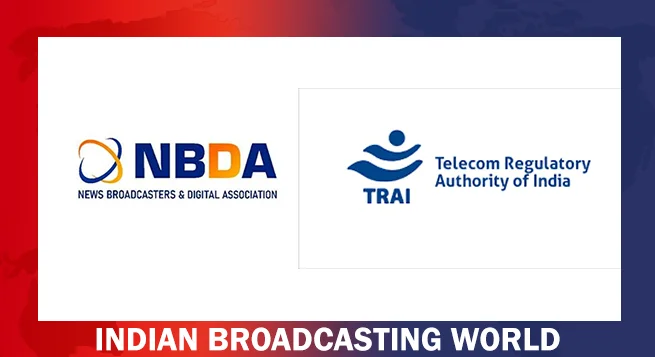The Indian government has admitted that the process of getting Rights of Way (RoW) permissions is one of the few impediments to ramping up broadband penetration in the country, but added corrective steps are being taken.
India’s junior Minister for Communications Devusinh Chauhan said in parliament, “Yes Sir, Department of Telecommunication (DoT) is taking up the issue across States and Union Territories at various levels at regular intervals…problems are encountered in most of the States/ Union Territories. The State Broadband Committee, chaired by Chief Secretaries are periodically reviewing the pending RoW applications.”
The Minister was replying to a query from a fellow parliamentarian in Lok Sabha (Lower House) on Wednesday whether it was a fact that one of the reasons for “delay in broadband penetration” in the country was related to RoW permissions and whether the federal government was aware of the fact.
In October 2021, the DoT, by way of a gazette notification, amended Indian Telegraph RoW Rules November, 2016 to prescribe various terms and conditions for laying overhead optical fiber cable (OFC), an IANS report had then said.
Optical fiber is a fundamental and structural part of both mobile and fixed broadband networks. Faster rollout of fibre is important for backhauling a large amount of data at high throughput, improving reliability, and reducing latency.
To achieve the objective of universal broadband connectivity at 50 Mbps to every citizen, fiberisation of telecommunication networks is essential, the IANS report had stated.
These DoT RoW rules earlier covered only underground OFC and mobile towers. But with the amendment in place, desired clarity for laying overhead OFC is now available. The amendment further prescribes a one-time compensation of Rs 1,000 per km for laying aerial OFC, which is aimed at uniformity in charging of fee/levy by local authorities for grant of permissions for this critical infrastructure.
 Prime Video to limit in India number of TV sets having access per subscription
Prime Video to limit in India number of TV sets having access per subscription  Delhi HC orders meta to remove deepfake videos of Rajat Sharma
Delhi HC orders meta to remove deepfake videos of Rajat Sharma  Govt. blocked 18 OTT platforms for obscene content in 2024
Govt. blocked 18 OTT platforms for obscene content in 2024  Broadcasting industry resists inclusion under Telecom Act
Broadcasting industry resists inclusion under Telecom Act  DTH viewing going down & a hybrid ecosystem evolving: Dish TV CEO
DTH viewing going down & a hybrid ecosystem evolving: Dish TV CEO  Abhishek Singh Rajput shines in ‘Swipe Crime’ on MX Player
Abhishek Singh Rajput shines in ‘Swipe Crime’ on MX Player  Farhan Akhtar’s ‘120 Bahadur’ to hit theatres on November 21, 2025
Farhan Akhtar’s ‘120 Bahadur’ to hit theatres on November 21, 2025  COLORS announces 2025 lineup
COLORS announces 2025 lineup  Sony YAY! announces holiday wishes from Toon-Town this Christmas
Sony YAY! announces holiday wishes from Toon-Town this Christmas  8Bit Creatives partners with ESFI to elevate WAVES esports championship 2025
8Bit Creatives partners with ESFI to elevate WAVES esports championship 2025 








